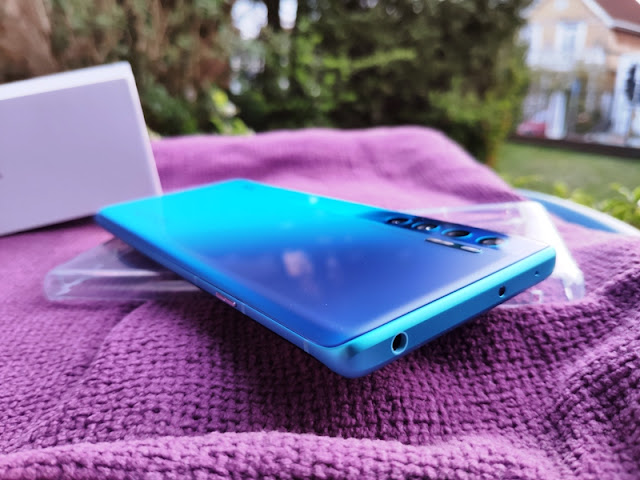review
SecureDrive BT Portable Hardware Encrypted SSD With Bluetooth Unlocking
Monday, September 02, 2019




SecureDrive BT SSD next to 2.5-inch SSD























2 year limited warranty - designed and assembled in the USA
Included with SecureDrive BT is also a 40cm long short USB to micro USB 3.0 cable, which has a 3.0 micro-B USB connector on one end. The 3.0 micro-B USB cable comes secretly stowed inside the lid of the plastic casing packaging. There is also a quick start guide included.










0 comments